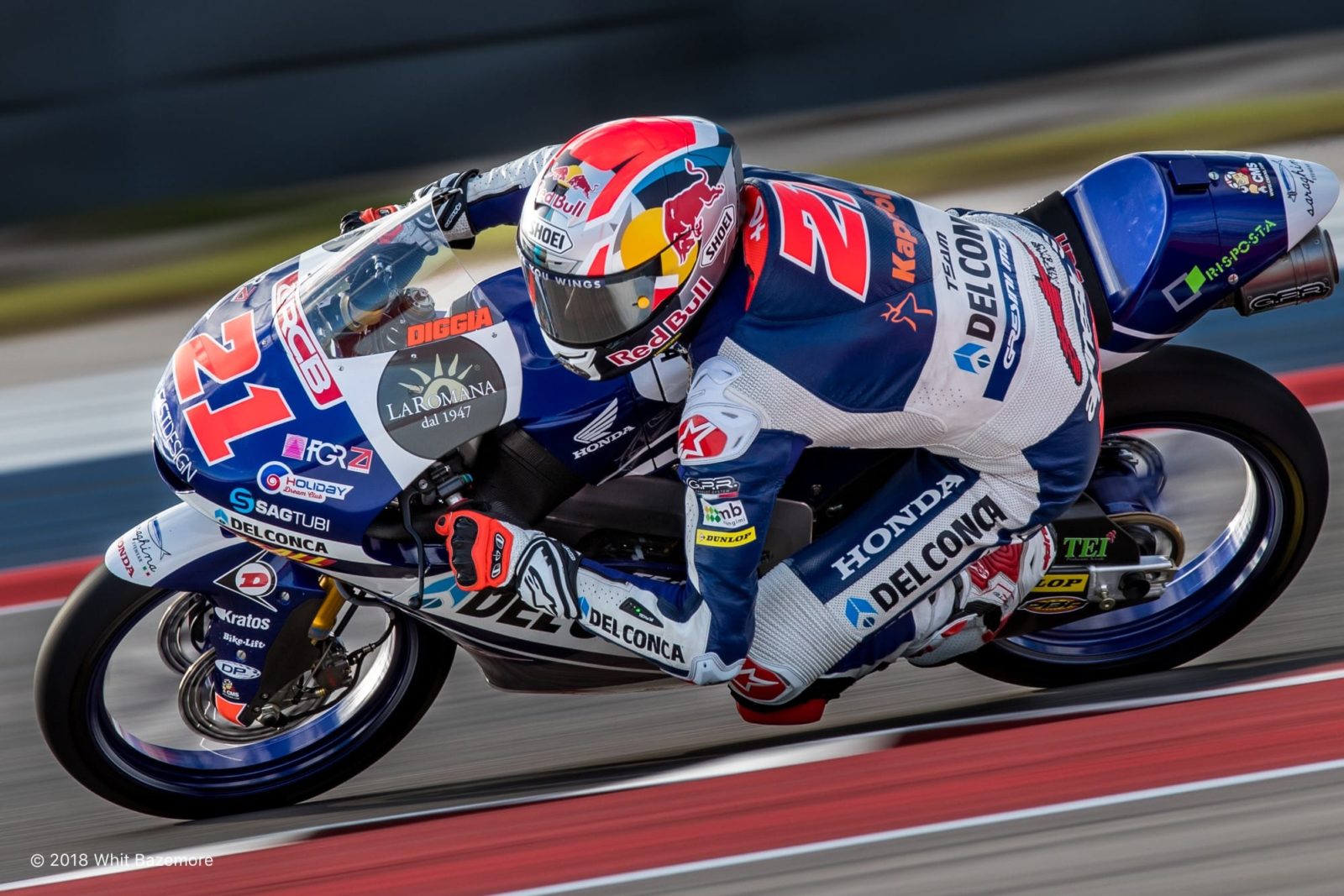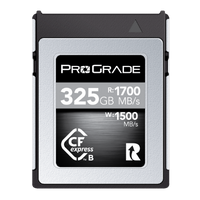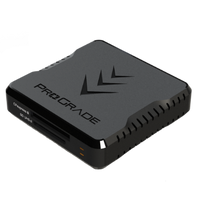“Make it a goal to come away with one super great image”
- Pair the right gear to the assignment
- Experiment and push yourself artistically. It is easy to get caught up in a particular style, and while not a totally bad thing, it is good to be diverse
Most likely every professional photographer receives lots of advice early in his or her career; I know I did. The one piece of advice I constantly applied, and still apply some 35 years later, is to approach a motorsport or sporting event shoot with the goal of coming away with one, and only one, super great image. This approach worked really well in the film days. Back then, our results were much less consistent so striving for “only one great shot” did a lot to take away the pressure of trying to make every frame perfect.
Get One Super Great Image
Once I had reached a certain level of competence in my late teens, this approach usually yielded many decent and good images—images which were publishable, sellable and considered by my various clients as a job well done. And sometimes I did actually get that super great image, or “portfolio image” as I called them.
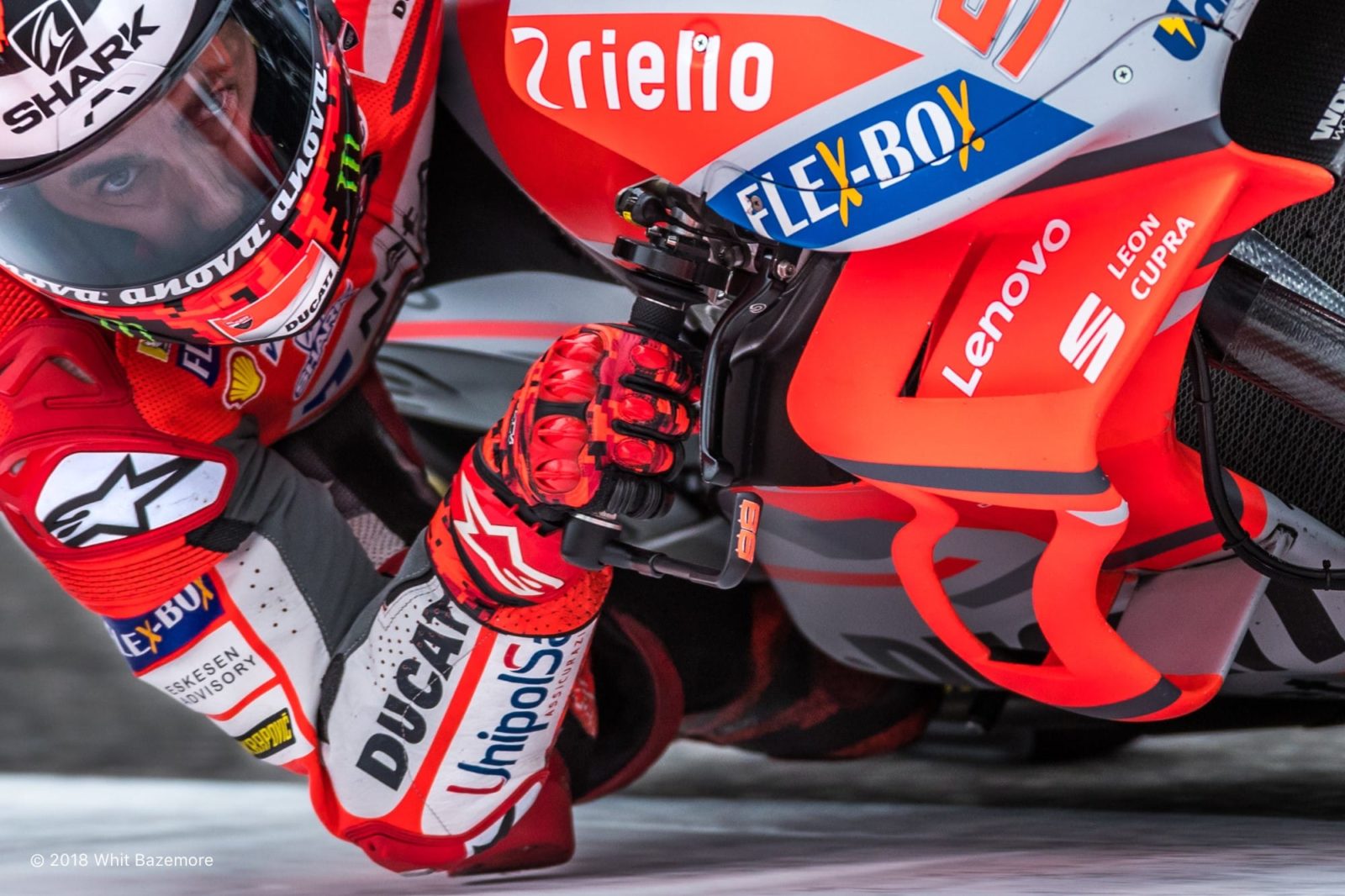
About three years ago I returned to motorsports photography after a 27-year hiatus. On this, my second time around, I opted to focus mostly on MotoGP (although I have photographed a few F1 races as well). While almost everything about photography has changed, a constant, at least for me, is to follow the same approach: aim to capture one super great image. My first motorsports event this second time around was the 2014 United States Grand Prix Formula 1 (USGP F1) race in Austin. Afterwards, I looked at the images from the best F1 and MotoGP photographers with a new perspective, and immediately realized that the bar had been set incredibly high from every perspective: technically, artistically and journalistically. The good photographers—Darren Heath, Vladimir Rys, Gigi Soldano and a handful of others—are truly great and regularly produce amazing images.
Choice of Equipment Tied to Success
When shooting motorsports, I am constantly reminded that choice of equipment is tied to success—maybe now more than ever. After photographing my first four races with a Canon 5D MKIII and doing just OK, I realized I was severely hindered by the slow camera’s buffer rate, my lack of knowledge regarding selection of memory cards and the inconsistent ability of the autofocus to keep up with high speed action through a 600mm lens. I lost some of my best images to softness, and others to an inability to shoot due to slowness of the memory card-to-camera interface; ironically, this slowness was a bigger issue when shooting candid portraits. I missed a few awesome images, images which the good guys would have captured perfectly.
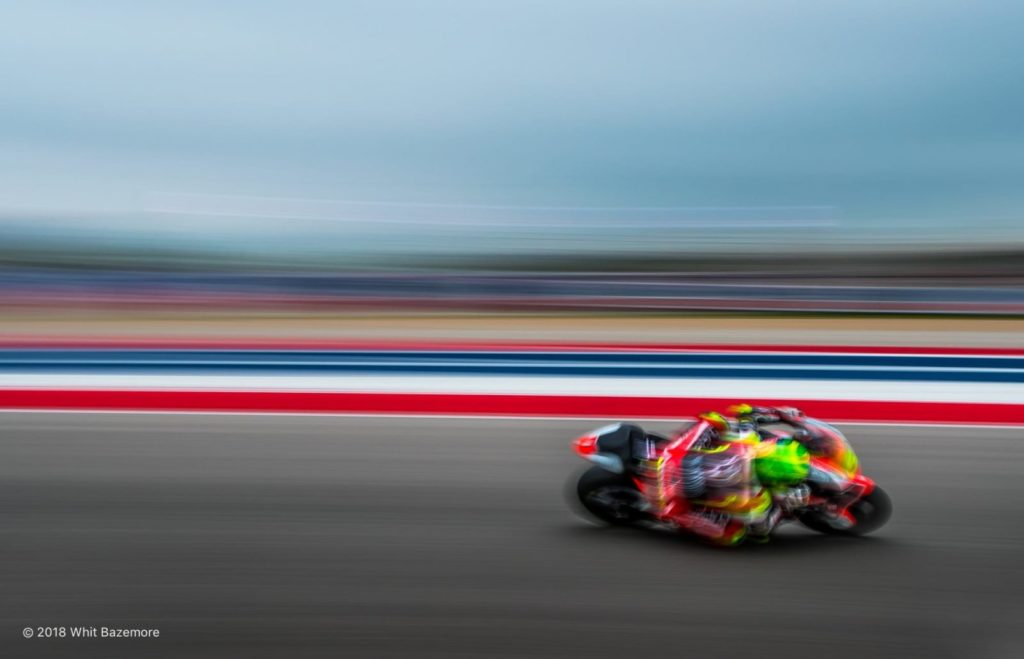
I prefer that bad or missed images be my mistakes, not the fault of inadequate equipment, so in April 2018 I stepped up my game with a Canon EOS 1DX MKII and new-to-market ProGrade Digital CFast 2.0 128GB cards. The ProGrade Digital card’s incredibly fast write speed, combined with the advanced technology and frame rate of the camera, enabled me to capture images that I could only dream about before. It feels almost like the huge wake up call I experienced when comparing the Canon 5D MKIII to my old Canon F1 loaded with a roll of Kodachrome 64. Seriously, the 1DX MKII with a ProGrade Digital CFast 2.0 card is incomparable. You just can’t get a faster or better combination.
The Value of ProGrade Digital Memory Cards
It’s easy to take memory cards for granted. Cards fail, and when they do, you either lose your work or have to wait days to get the files recovered. ProGrade Digital strives to eliminate this from ever happening by individually testing all memory locations on every card before making them available to the customer. For me, this is a huge deal and reason to not consider any other vendor’s memory card. I find too that the cost of their product is often less than that of many other high-end cards, which further brings even more value to using a ProGrade Digital memory card.
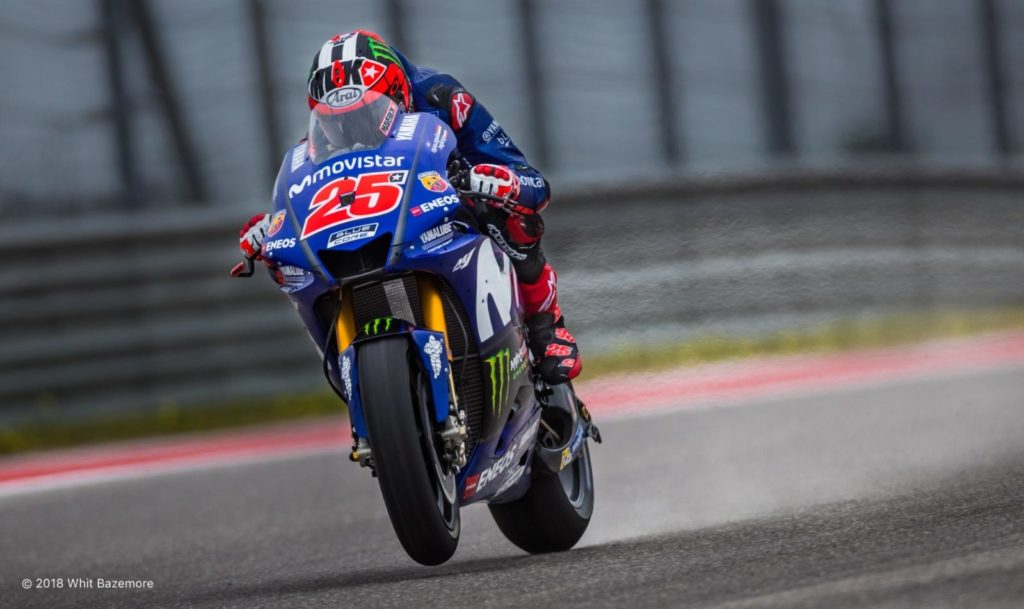
While still a new company, the founders of ProGrade Digital bring a rich and deep heritage developed from the digital memory card industry. CEO Wes Brewer and his team know what is important to professional photographers and leave nothing to chance. For example, I immediately noticed the company’s attention to detail in their dual-slot workflow reader. It is beefy and much better built than many other card readers I have used. It has a magnet and mounting plate so you can actually attach it on your computer for a tidier and easier workflow. And it is fast with USB 3.1, Gen. 2. It stands to reason that if so much consideration went into the reader, then the cards must be just as well engineered.
My old approach of trying to get one super great image per shoot is still valid, but with today’s choice of gear, a Canon 1DX MKII and super-fast ProGrade Digital memory card, I now actually come away with many great images. In fact, I feel that capturing 10 to 20 portfolio images is possible at every race. The first time I paired this camera with ProGrade Digital cards I shot four of my 10 best-ever MotoGP images. Almost half of my latest portfolio was created from that first race.
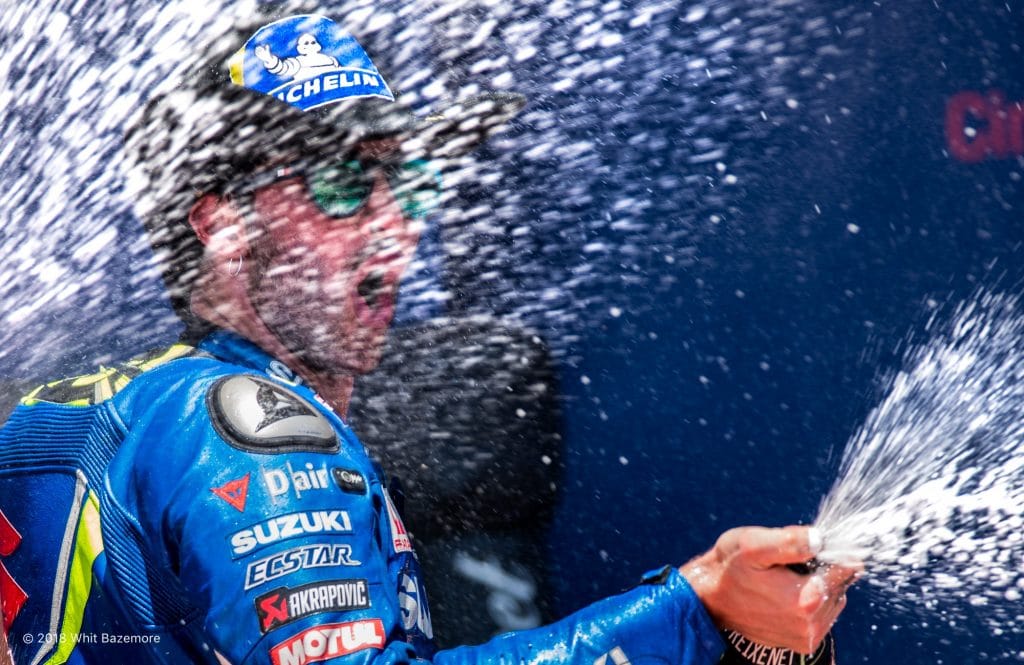
By age16 Whit Bazemore had achieved pro photographer status, yet a mere six years later he shifted career gears to pursue a dream of becoming a professional race car driver. A former National Hot Rod Association® (NHRA) Funny Car driver with 20 National Event wins to his credit, including two U.S. Nationals victories, over the next 22 years Bazemore fueled his passion for speed on wheels before returning to his passion behind the lens. Whit is also a ProGrade Digital Ambassador.
